MAPAbabae
OSM as a Tool for Mapping with Women and for Women
MAPAbabae
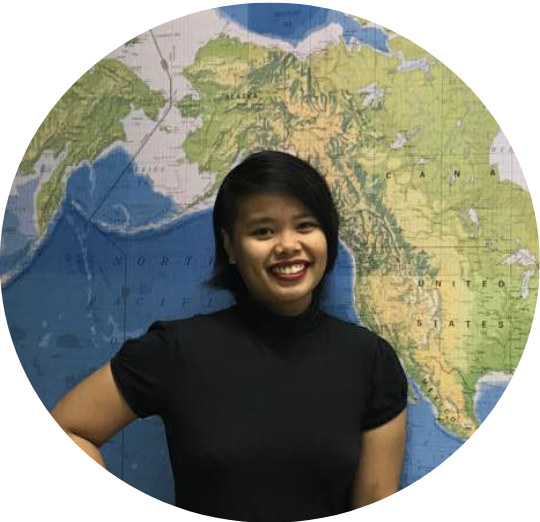
Andi Tabinas
Nalie Vicario-Deffner
Department of Social Welfare and Development

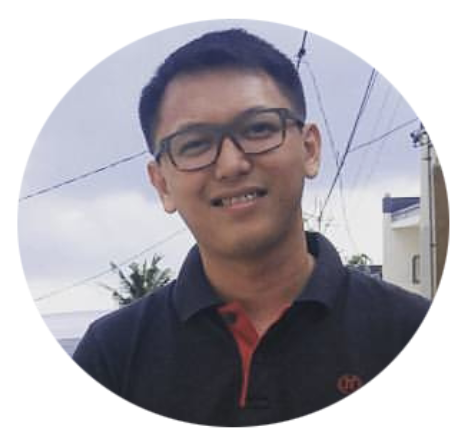
Mike Labrador
MAPA
MAPA
babae
babae
Map
Woman
"Women, too."
“... men and women can have
dramatically different relationships
to particular resources.”
—Rocheleau, D. ,Thomas-Slayter, B.,
Edmunds, D., (1994)
to encourage more women OpenStreetMappers in the Philippines

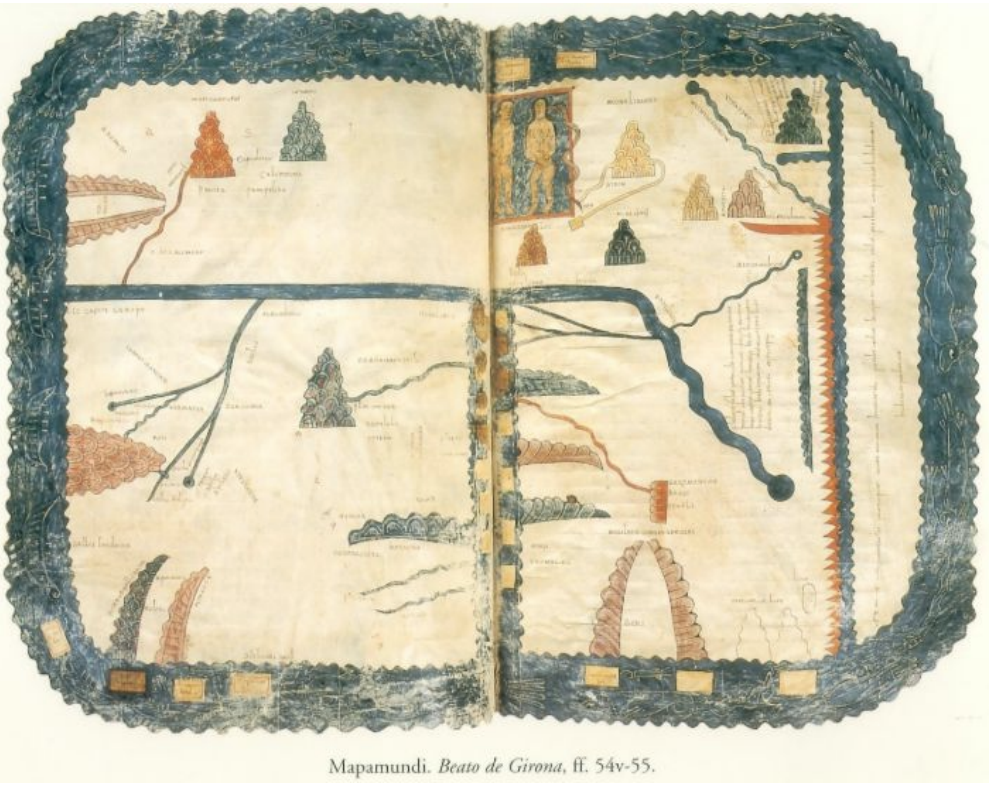
Ende, 10th Century
Shanawdithit, 1800s
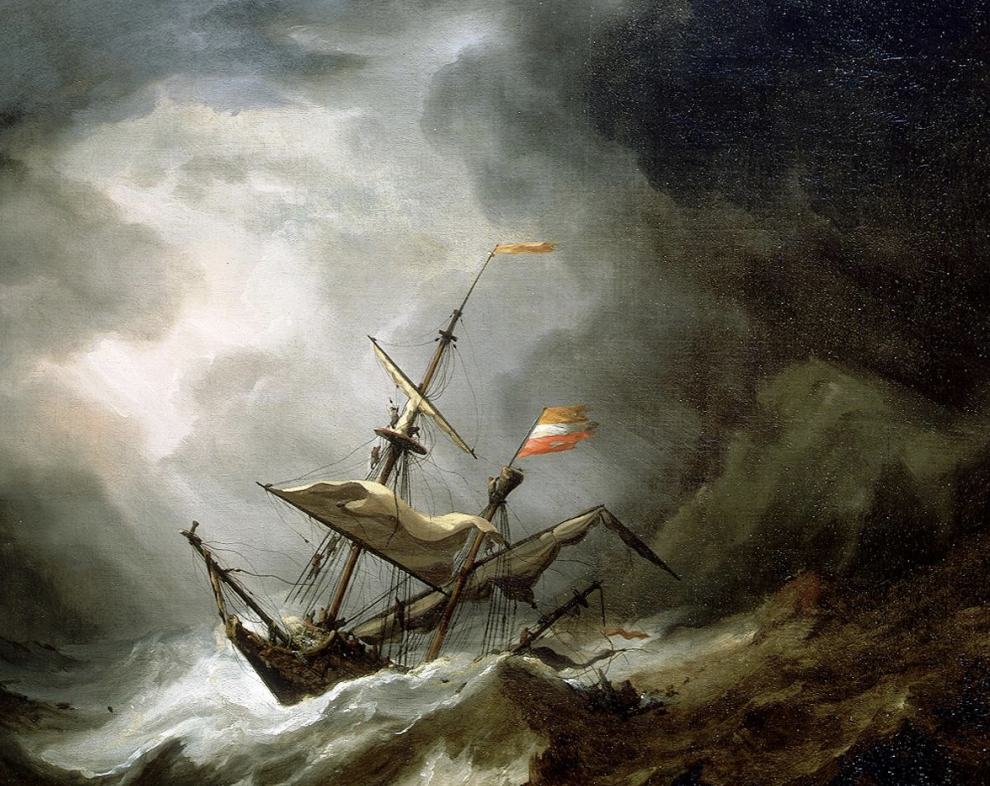
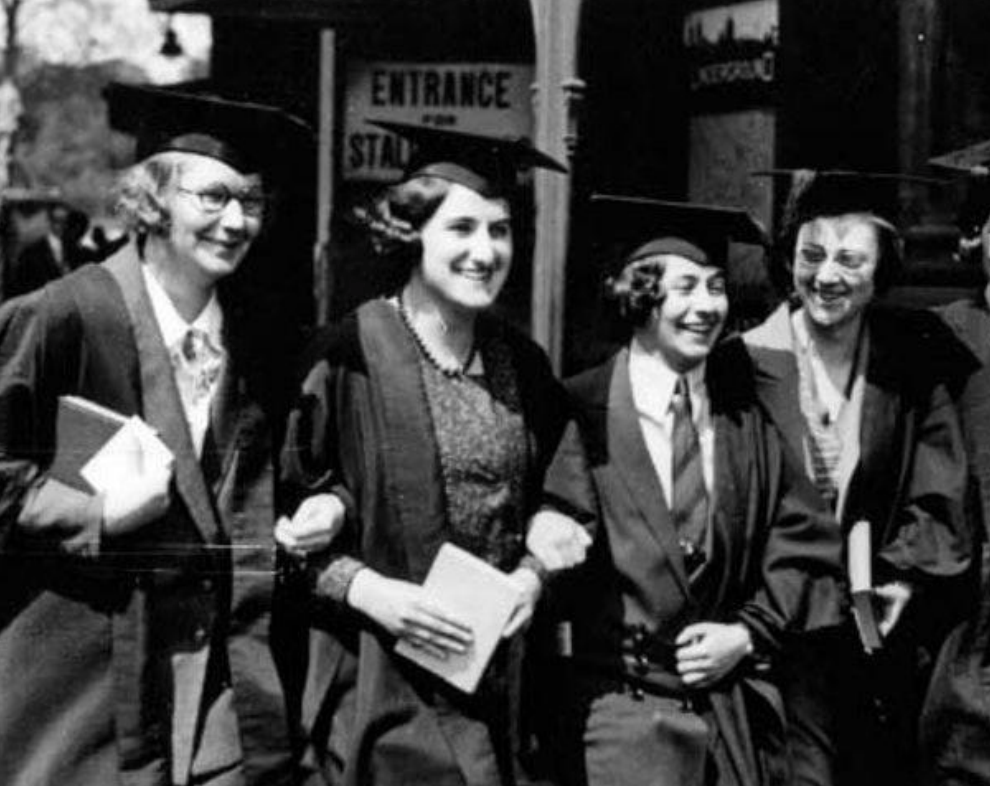
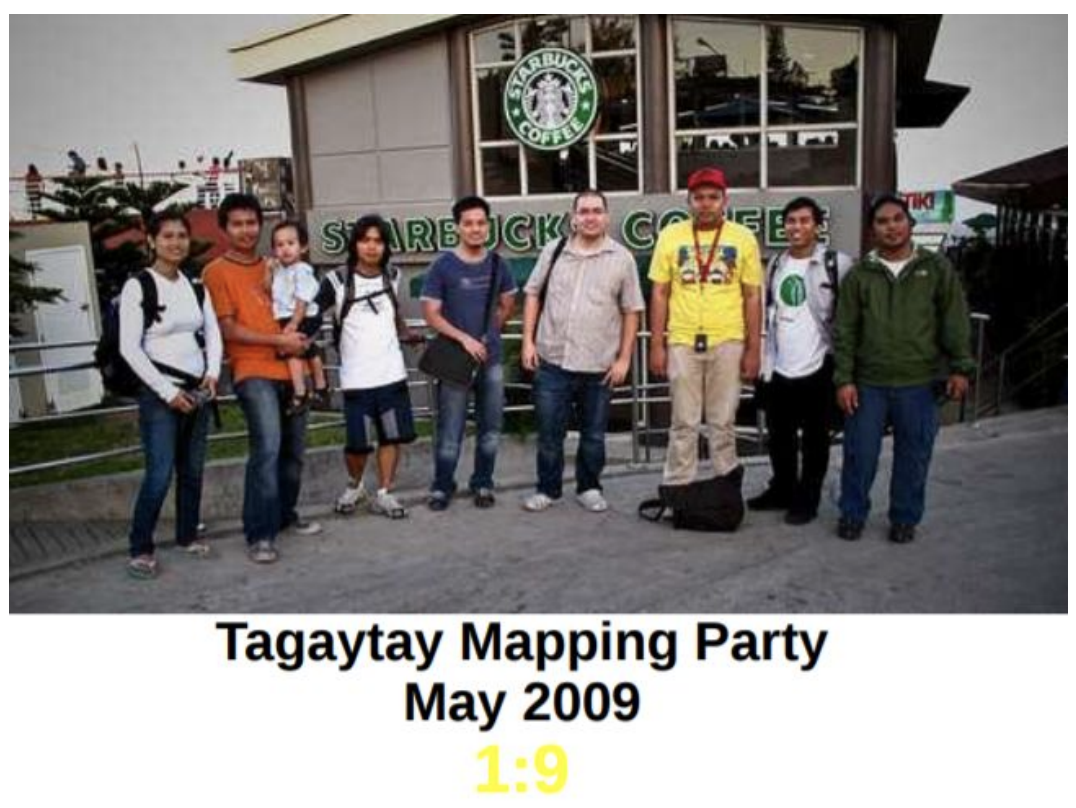
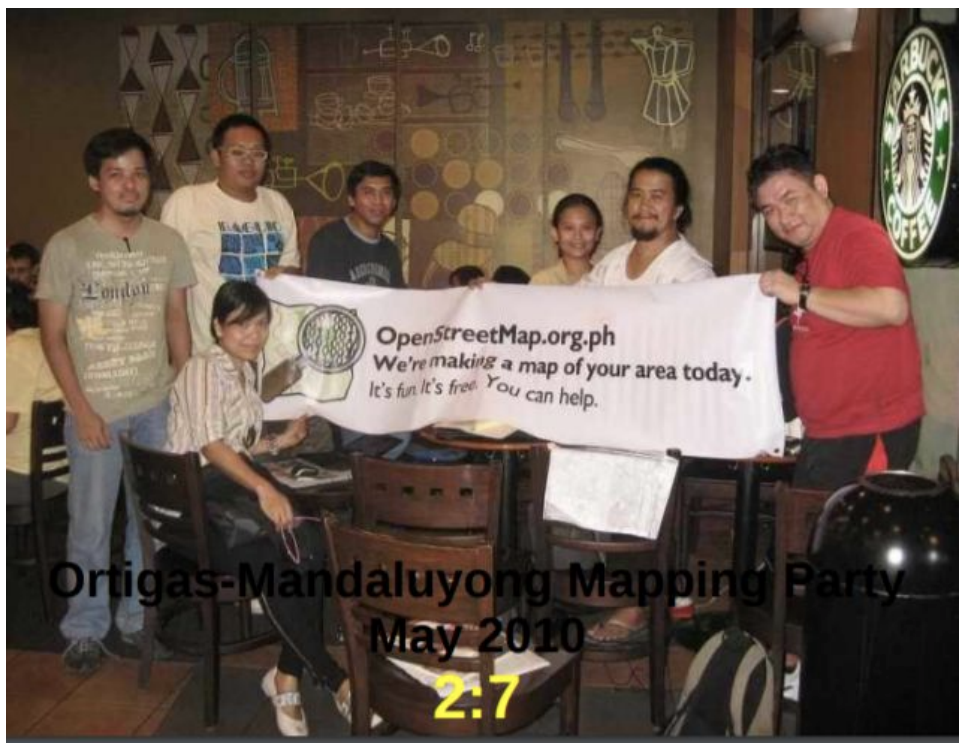
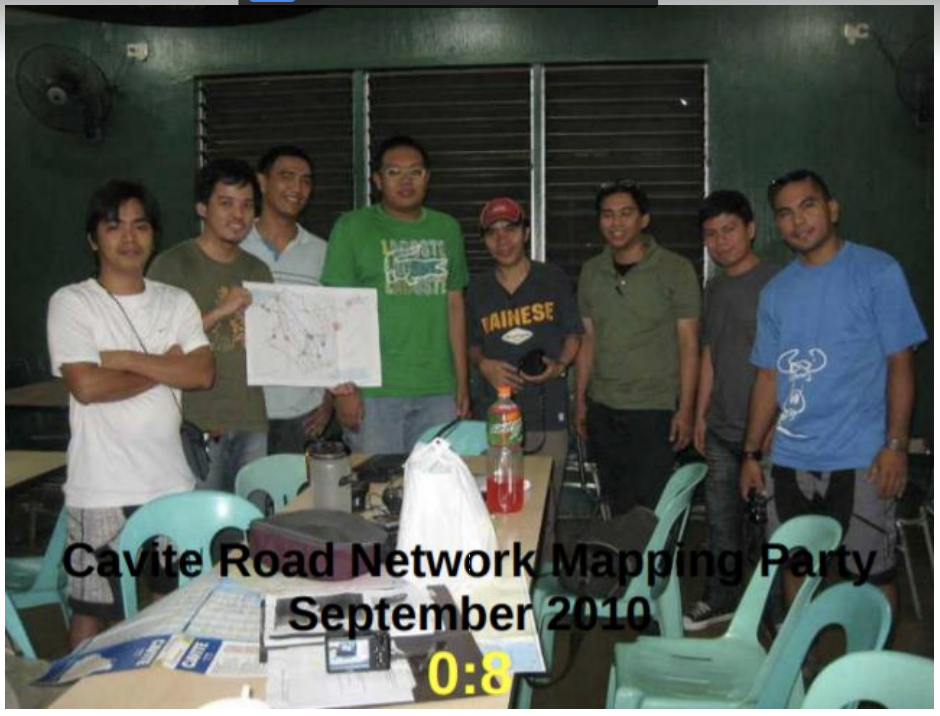
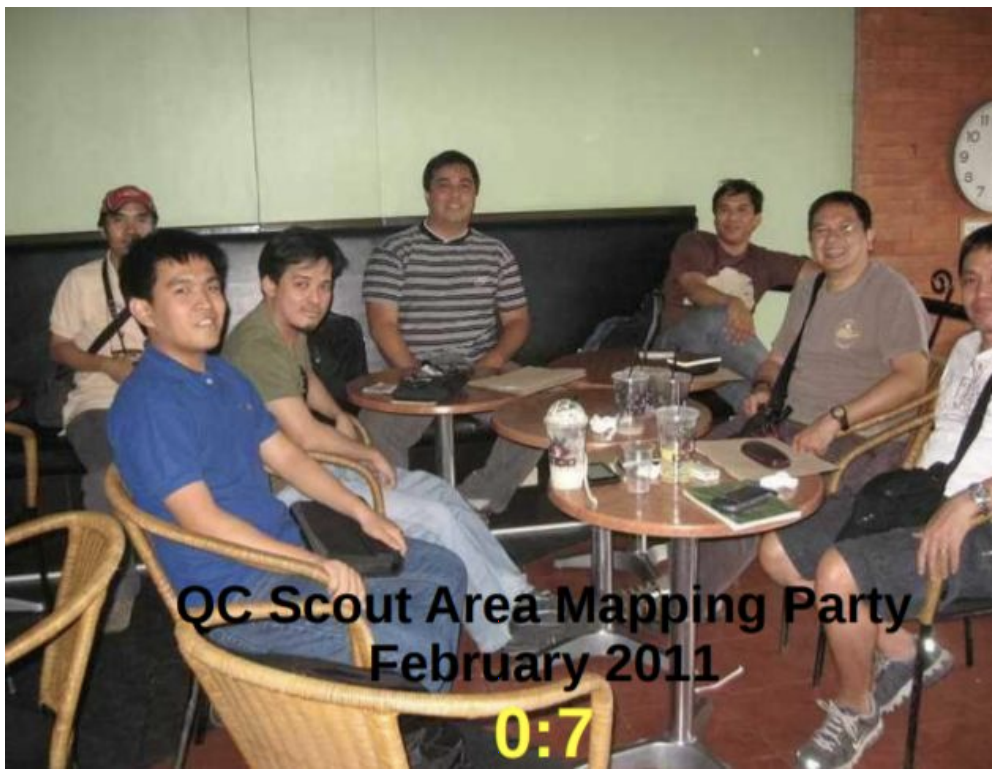
May 2009
May 2010
September 2010
September 2011

MAPAbabae I:
OpenStreetMap Workshop and Mapathon
with Women and For Women
March 2018

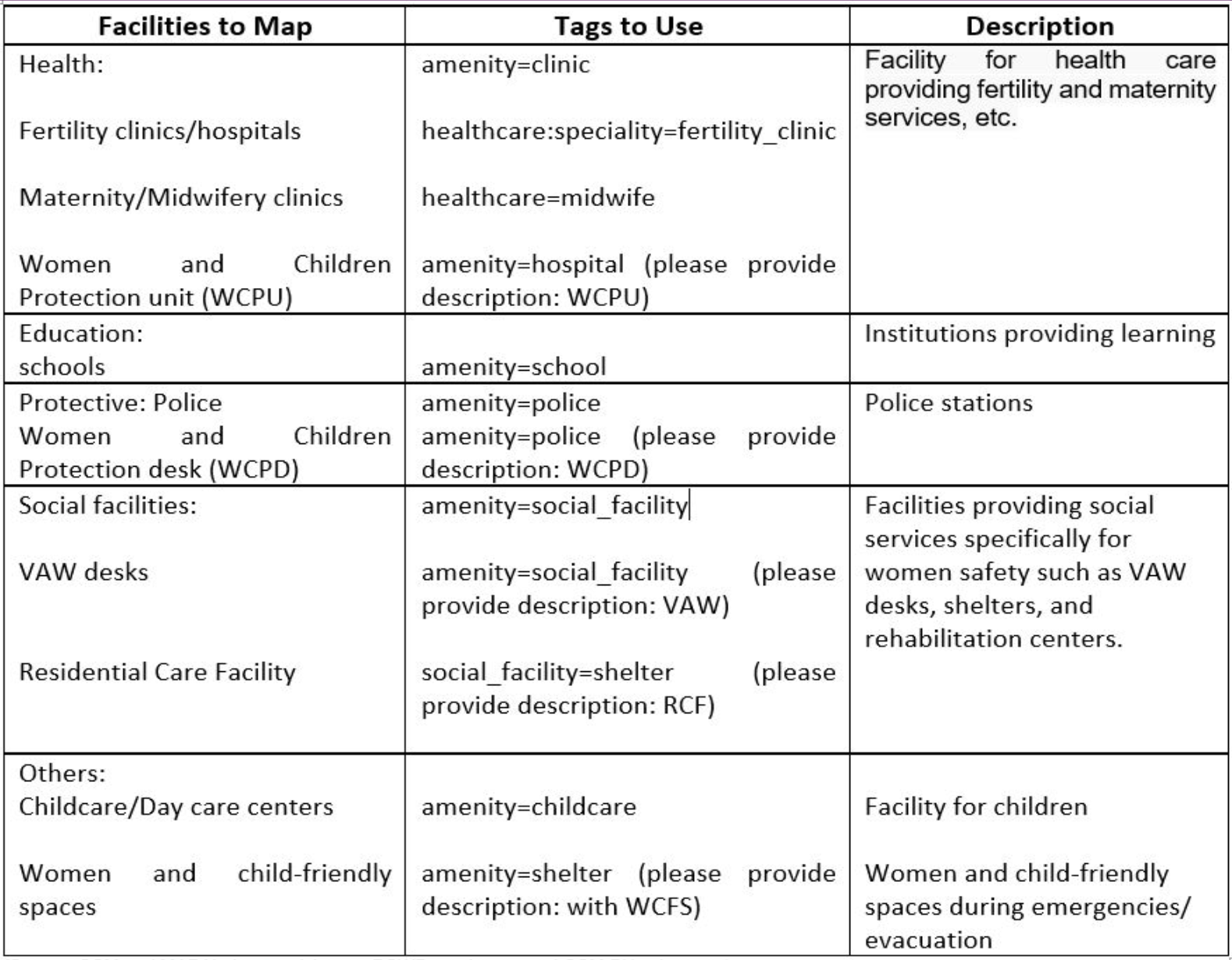
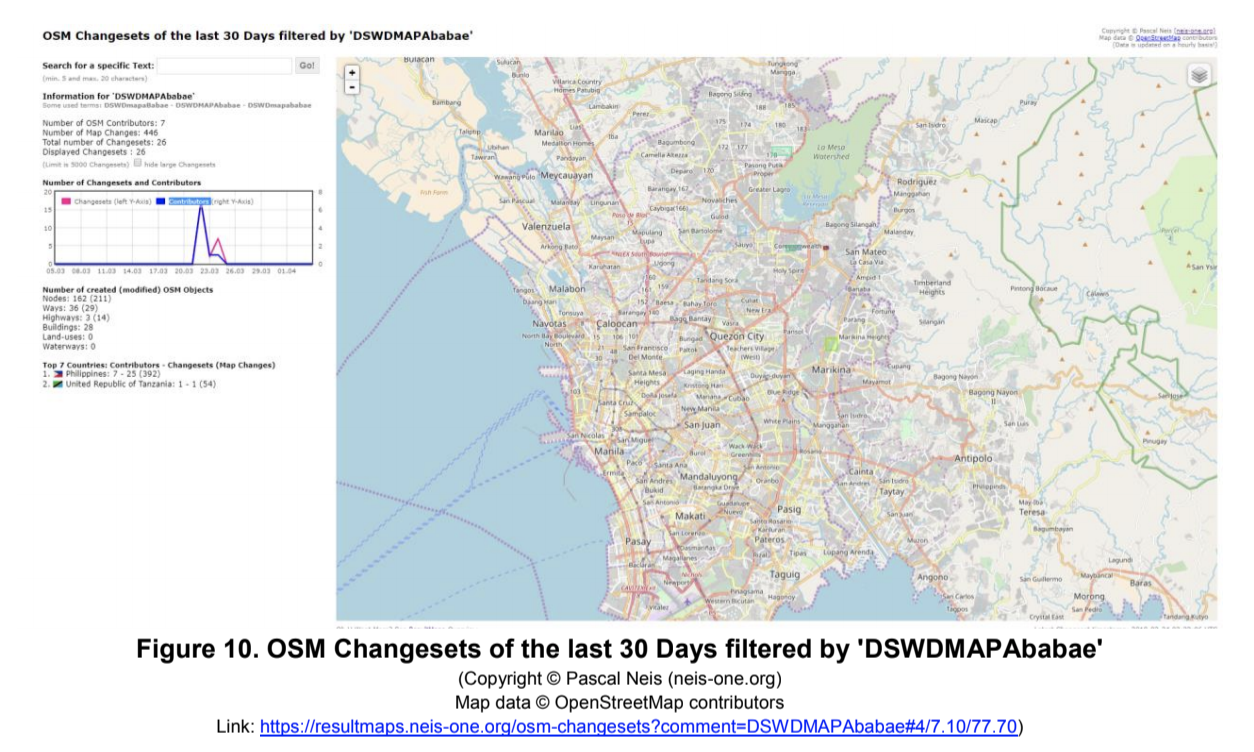
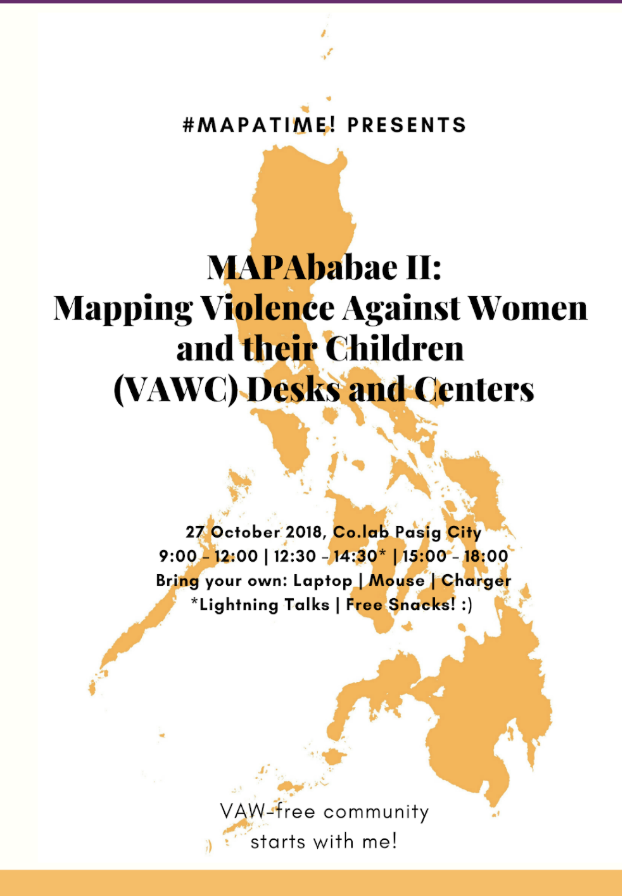
MAPAbabae II:
Mapping Violence Against Women and Children (VAWC) Desks and Centers
October 2018
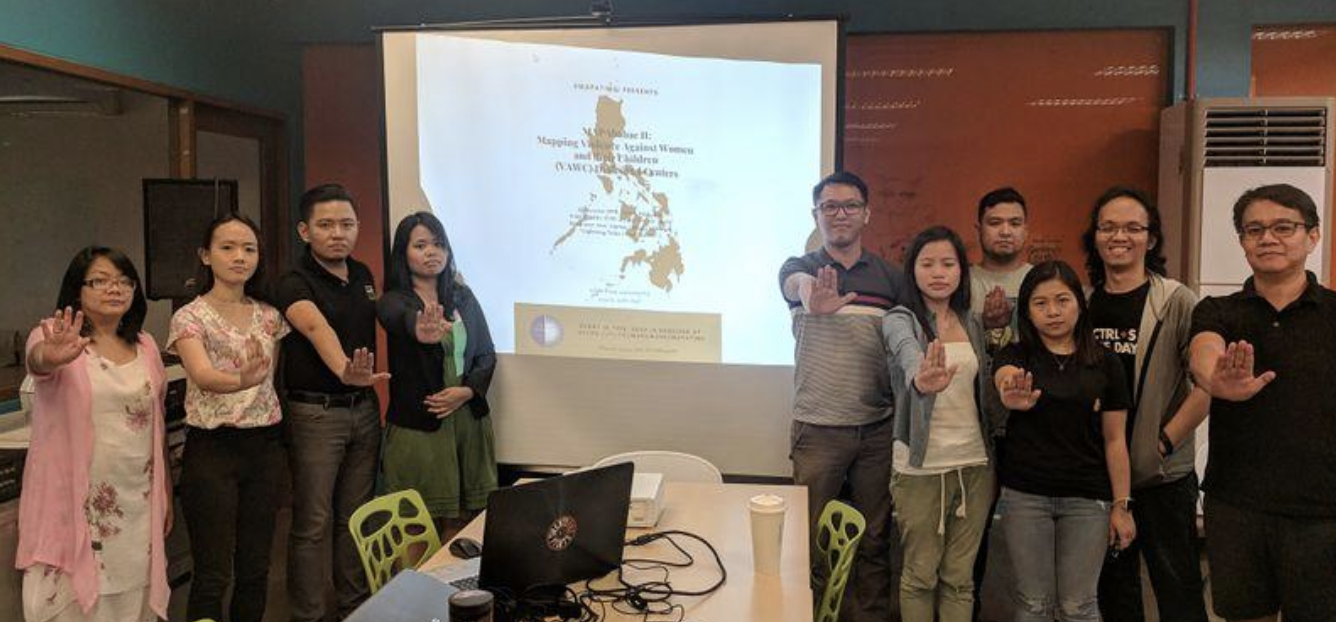
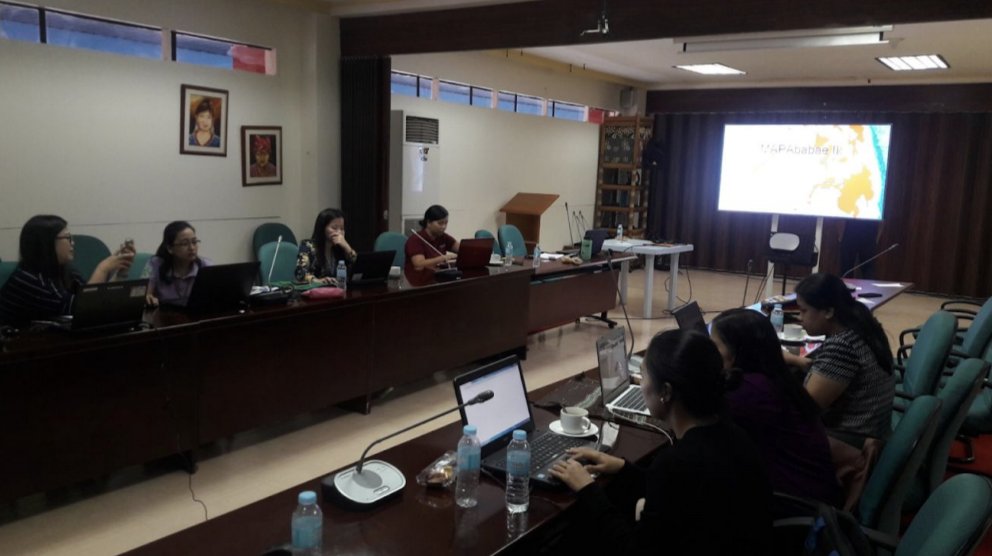
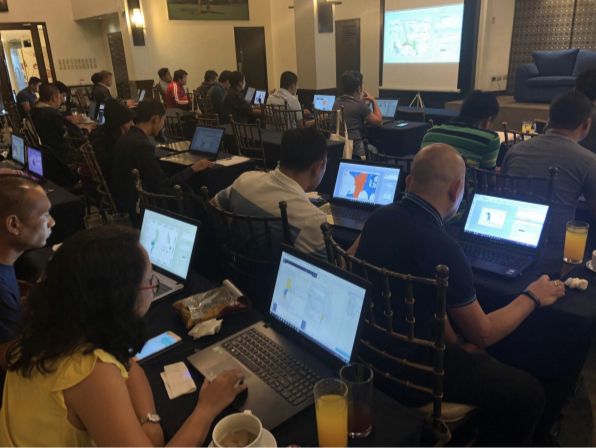
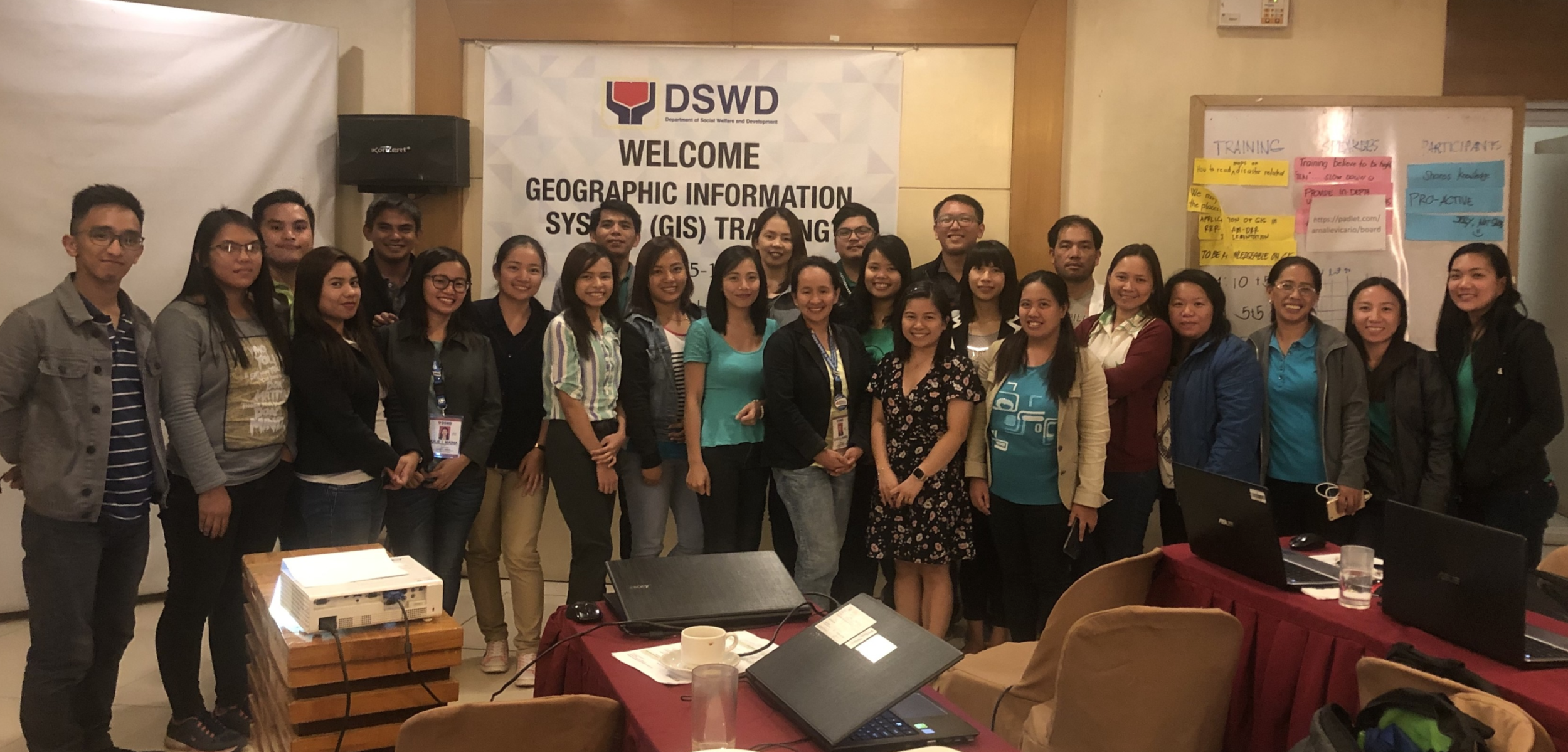
MAPAbabae 2019:
When Women Map
March 2019
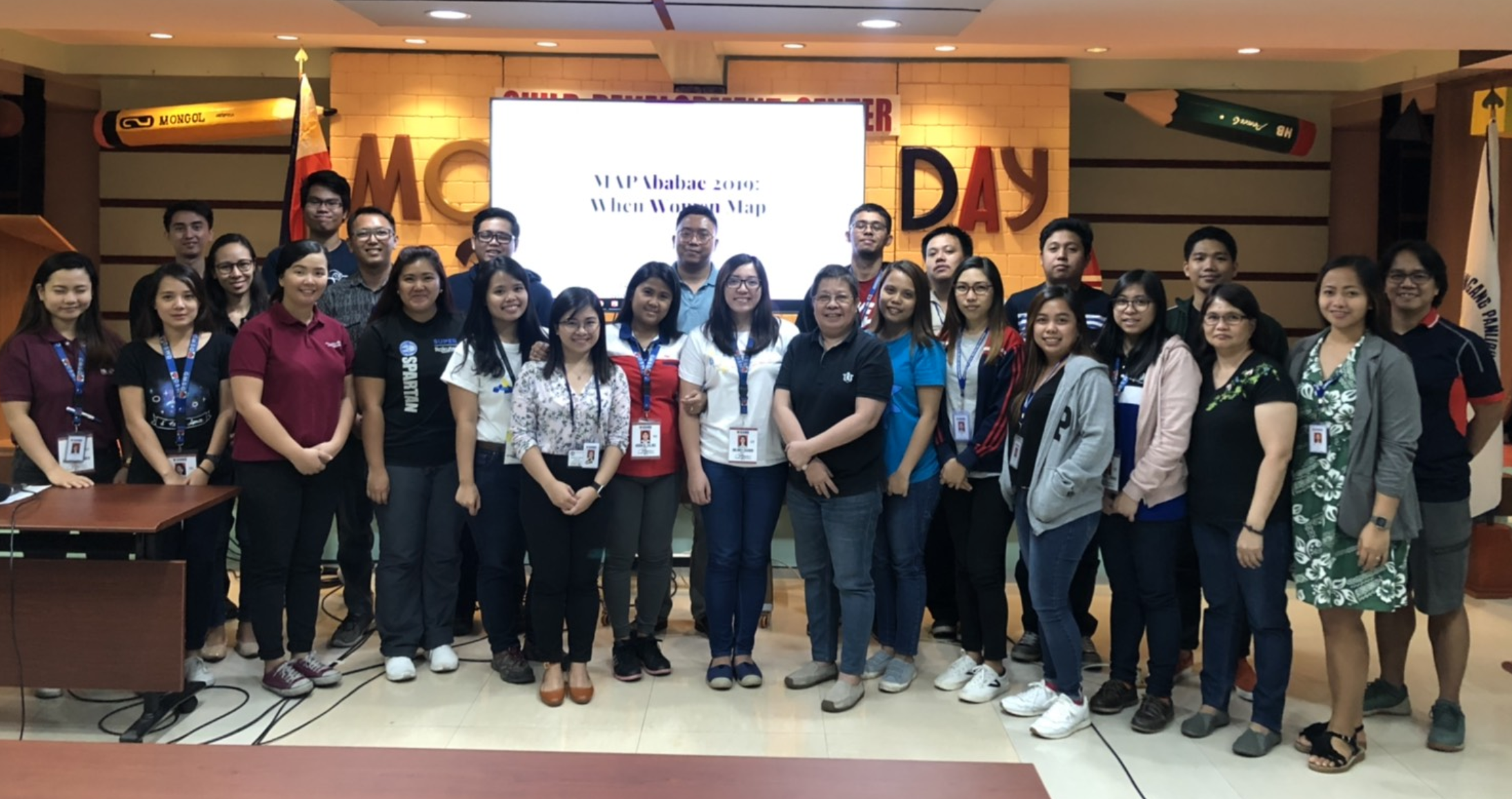
Sharing and mapping on OSM focused on women as agents of development and answer the question: What happens when women map?
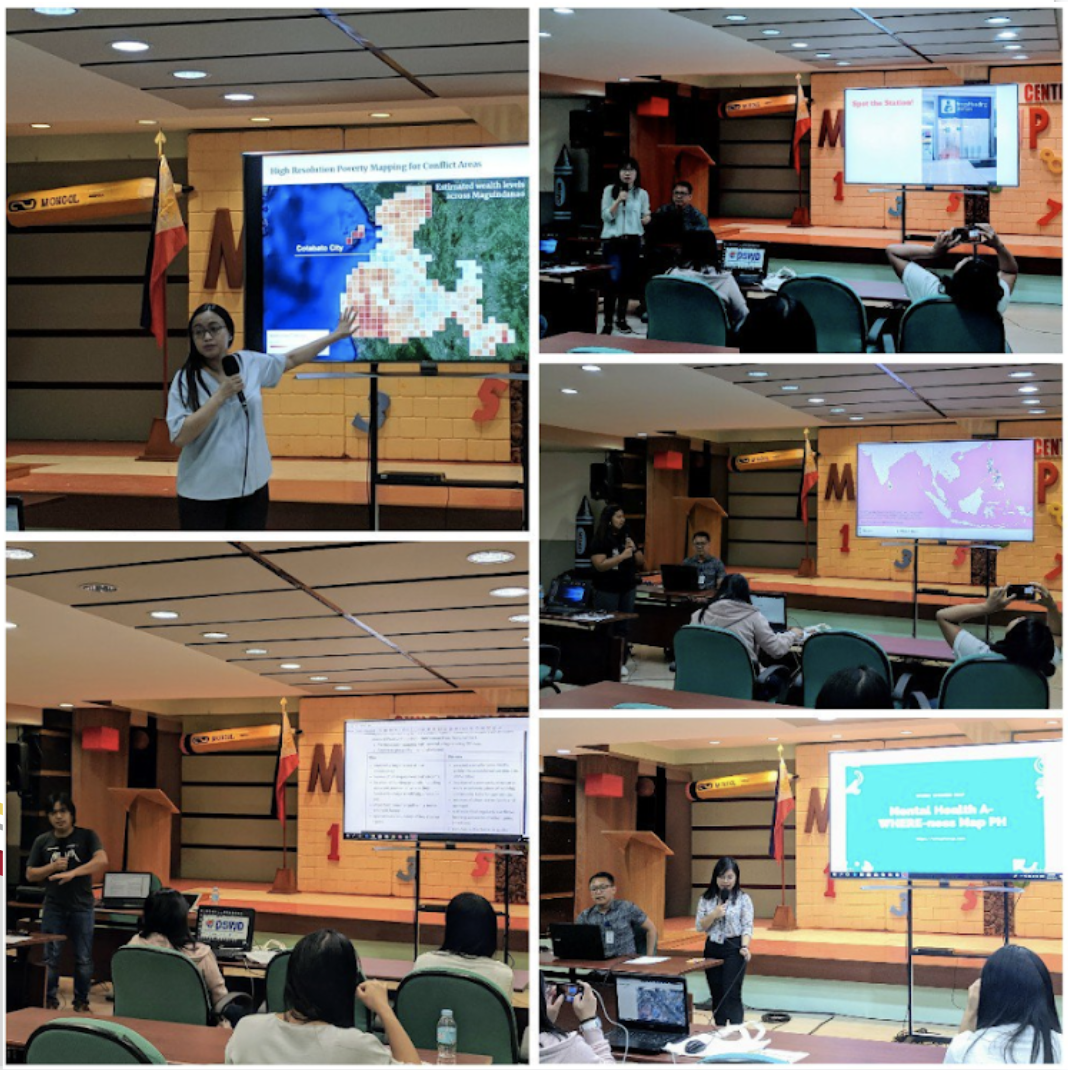
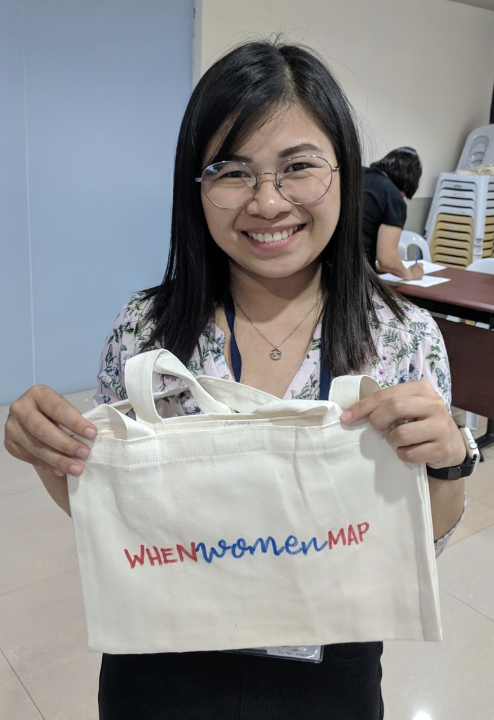
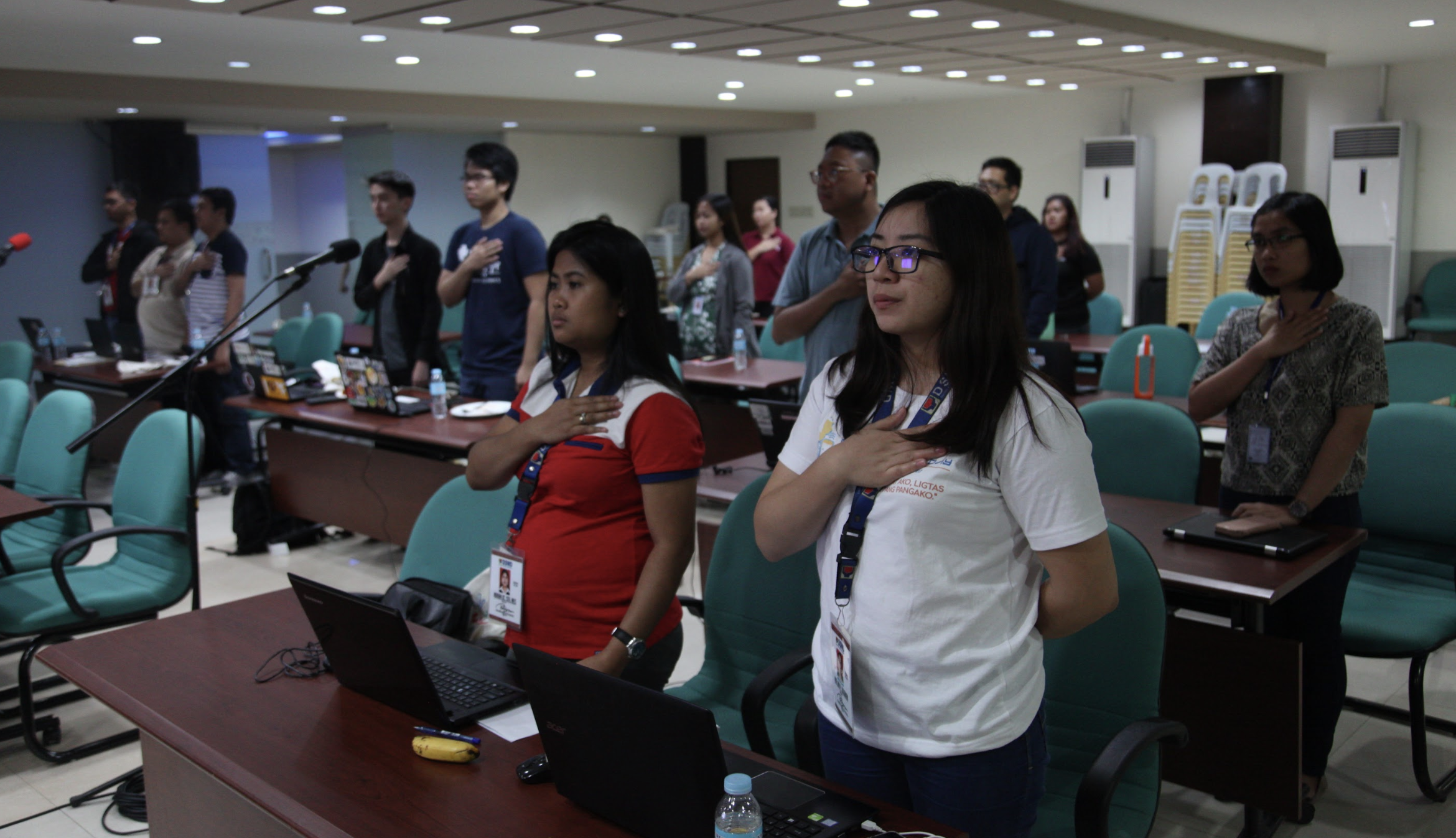
“I recognized OSM as a venue to empower local knowledge.”
“Maps are useful to locate facilities for operations especially in the far-flung areas.”
“Women's perspectives matter. Inclusive mapping may bolster inclusiveness in political, social, and economic areas. It can be a tool for public participation and hopefully, democratization.”

mentalhealthawhereness@gmail.com
https://facebook.com/mentalhealthawhereness
https://twitter.com/MHawhereness
anditabinas@gmail.com
GeoladiesPH
https://geoladiesph.github.io/home/
